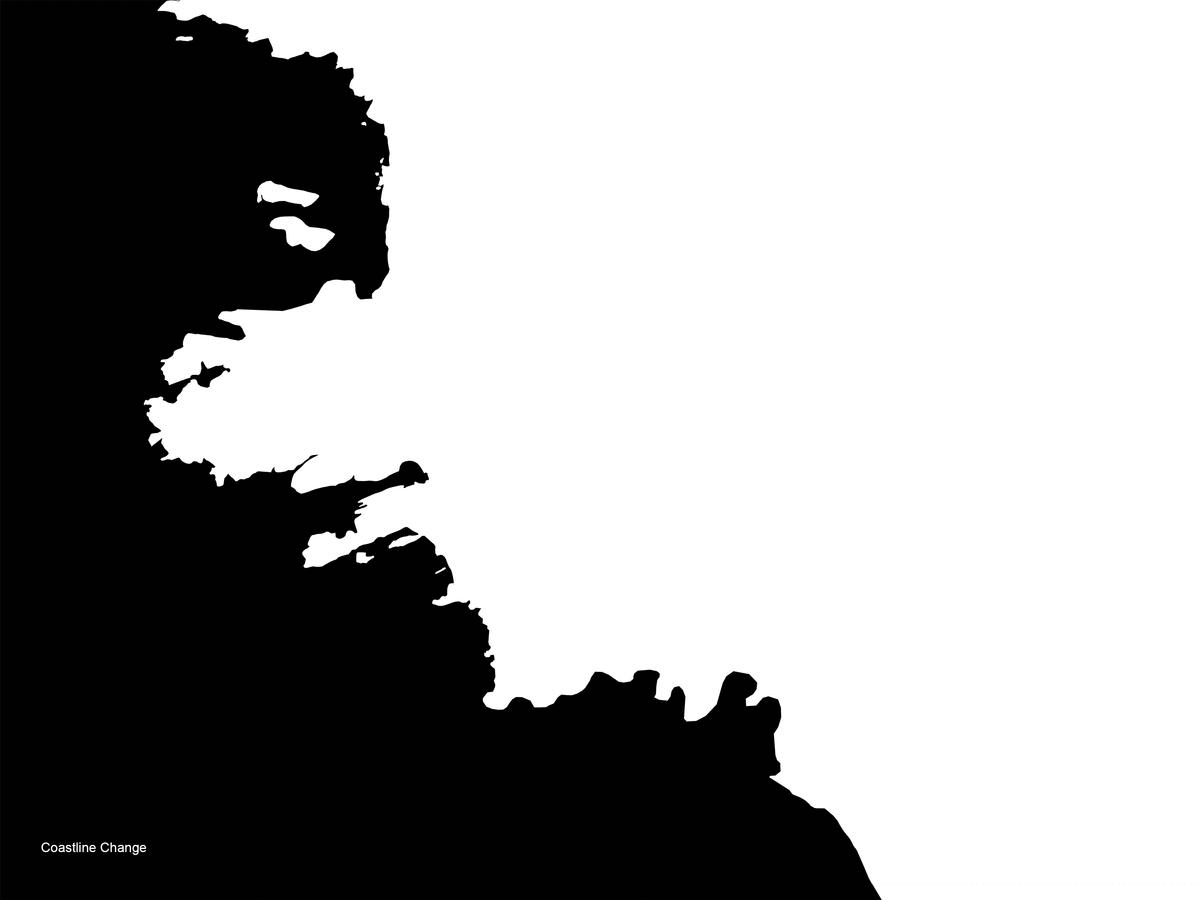Raouche, Beirut, LB
Konstantina Angelopoulou
Raouche is a residential and commercial neighborhood in Beirut, famous for its upscale apartment buildings, restaurants and cliff-side cafes. Avenue de Paris forms part of the Corniche Beirut, which is a popular sidewalk. Off the coast of Raouche, a natural landmark is located that is called the Pigeons Rock, which its huge rock formations has set Raouche as a popular destination for locals and tourists. Considered to be a natural heritage,the area is composed by coastal cliffs, rock islands, natural pool enclaves providing natural habitats for native plants, insects, birds and marina fauna. Raouche used to be one of the last stretches of the shoreline still open to the public. People enjoyed the seafront without having to pay for access. Several activities used to take place there, like picnics, swims, local diving completions, while fishermen and their families residing there, used to offer boat rides into the caves. Although, after the evictions of the fishermen in 2014 and the restriction of the free access to the area by contsructing a fence, the area is under the process of being sold to real-estate developers.
Konstantina Angelopoulou
Raouche is a residential and commercial neighborhood in Beirut, famous for its upscale apartment buildings, restaurants and cliff-side cafes. Avenue de Paris forms part of the Corniche Beirut, which is a popular sidewalk. Off the coast of Raouche, a natural landmark is located that is called the Pigeons Rock, which its huge rock formations has set Raouche as a popular destination for locals and tourists. Considered to be a natural heritage,the area is composed by coastal cliffs, rock islands, natural pool enclaves providing natural habitats for native plants, insects, birds and marina fauna. Raouche used to be one of the last stretches of the shoreline still open to the public. People enjoyed the seafront without having to pay for access. Several activities used to take place there, like picnics, swims, local diving completions, while fishermen and their families residing there, used to offer boat rides into the caves. Although, after the evictions of the fishermen in 2014 and the restriction of the free access to the area by contsructing a fence, the area is under the process of being sold to real-estate developers.











Glimpses of the Past
Qadisha Valley is chosen as the intervention area. Nahr Qadisha runs through the valley, connecting Mount Lebanon with the Mediterranean Sea, leading to one of the most important cities of Lebanon, Tripoli. The river tells the story of Lebanon through 4 different reinterpretations of the Lebanese topography and history.




The Terraces
A mysterious idyllic place made of terraces by the holly river’s banks. A place of serenity and absolute connection with the nature.

The Monastery
Carved into the rock by the holly valley’s steep slopes. Another way of living that blends into the nature.

The Baths
Mount Lebanon characteristic terraces are given a new meaning that brings them back to life.

The Souk
In the city’s heart, the river turns into the center of life again. An open souk to everyone takes place on the river.
